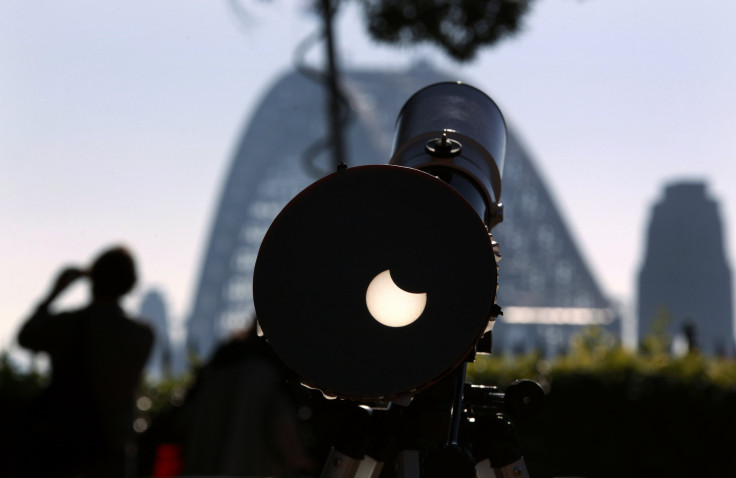Total solar eclipse August 2017: Where, when and how to propertly view the celestial show

On August of next year, various parts of the world will be able to experience a solar eclipse in varying degrees. For some countries, this will be the first time in decades that a rare celestial show will be viewable in plain sight.
READ: November supermoon in Australia: How to make the most of the rare natural occurrence
What is a total solar eclipse
A total solar eclipse takes places whenever the Moon comes directly between the Sun and the Earth, thereby casting part of its shadow on the Earth. At its darkest point, the eclipse casts a shadow that is almost as dark as the night sky. However, this shadow is not always completely visible from every part of the Earth.
Those outside of the direct shadow experience what is called a partial solar eclipse. This technically occurs when just a portion of the moon blocks out the light from the Sun.
When and where will the next total solar eclipse be visible
The next total solar eclipse will occur on Aug. 21, 2017 and will be visible in parts of the United States. According to Space.Com, the skies will darken all the way from Oregon to South Carolina, which is roughly 70 miles wide. The Great American Total Solar Eclipse will be an unforgettable experience, as eclipse expert Jay Pasachoff told the publication. “It’s a tremendous opportunity,” he said. “It’s a chance to see the universe change around you.”
For Australia, TimeAndDate.Com reported that a partial lunar eclipse will happen on Aug. 7 and Aug 8 next year. However, a total lunar eclipse - which is when the Earth blocks the Sun's rays from reaching the Moon - will occur on Jan. 31, 2018. Meanwhile, the next Australian total solar eclipse is estimated to take place on December 4, 2021.
How to watch the total solar eclipse
A solar eclipse, though viewable by the naked eye, should never be taken lightly. Protective eye wear should be worn since direct eye contact is still made with the Sun. Without the right precautions, permanent eye damage is a possibility.





















